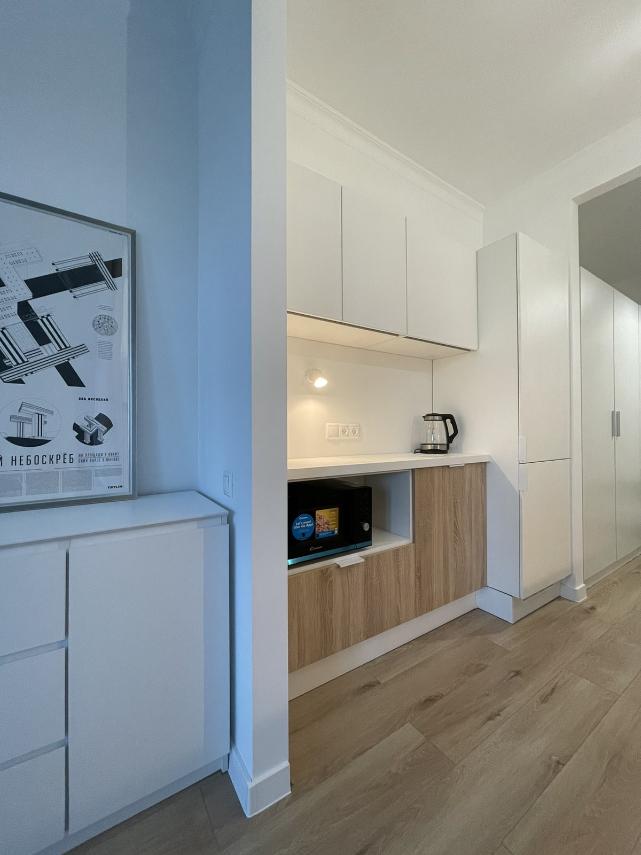
Culinary Spaces Redefined: Innovate
Introduction to Revamped Culinary Environments
The concept of culinary spaces has evolved significantly over the years, transforming kitchens from mere cooking locations to dynamic, multi-functional hubs where innovation thrives. This article explores the cutting-edge trends and designs that are redefining culinary spaces in both residential and commercial settings.
The Rise of Smart Kitchens
Modern technology has catapulted culinary spaces into the future. Kitchens are increasingly equipped with smart appliances and devices that can be controlled remotely, offering unprecedented convenience and efficiency to both amateur cooks and professional chefs. Integrated systems provide recipe suggestions, manage inventory, and even assist with meal prep, marking a new era in culinary innovation.
Design Meets Functionality
The aesthetics of a culinary space play a crucial role in its functionality. Contemporary design trends blend clean lines and minimalist layouts with ergonomic considerations, ensuring a seamless cooking experience. Customization options allow for individual expression, while innovative materials and sustainable practices speak to the environmentally conscious designer.
Interactive Culinary Experiences
As the food culture continues to grow, so does the desire for interactive culinary experiences. Cooking classes, demonstrations, and tasting sessions are becoming integral parts of modern culinary spaces. These areas are now designed to accommodate audiences, fostering a communal atmosphere where people can gather, learn, and indulge together.
The Integration of Outdoor and Indoor Kitchens
The traditional boundaries between indoor and outdoor cooking are blurring. Culinary spaces are expanding beyond the confines of the home to integrate with outdoor environments. This trend includes the installation of fully functional outdoor kitchens that feature high-end grills, pizza ovens, and even cocktail stations, perfect for entertaining and al fresco dining.
Spaces for Experimental and Molecular Gastronomy
Experimental cooking techniques such as molecular gastronomy have influenced kitchen design, requiring specialized equipment and flexible spaces. This has led to the creation of dedicated areas for culinary experimentation, equipped with tools like sous-vide machines, dehydrators, and precision cookers that are giving chefs the means to push the boundaries of traditional cooking.
Conclusion: The Future of Culinary Spaces
As culinary spaces continue to innovate, they reflect the changing lifestyles and priorities of society. They are becoming places of social interaction, technological advancement, and sustainable living. As we continue to redefine these spaces, the emphasis on adaptability, personalization, and innovation will undoubtedly lead to even more exciting developments in the culinary world.